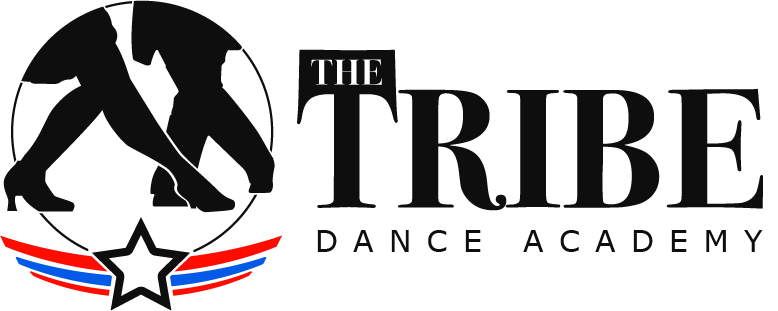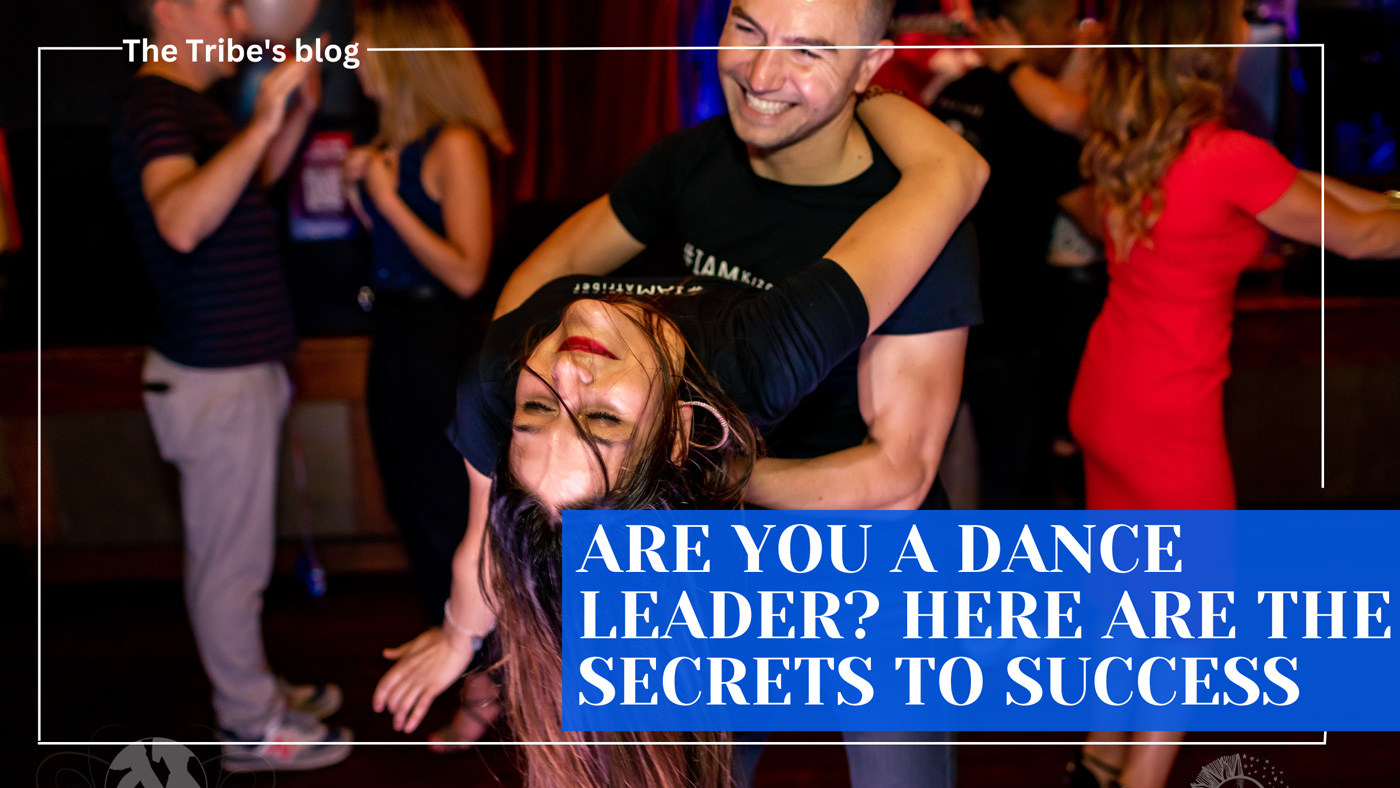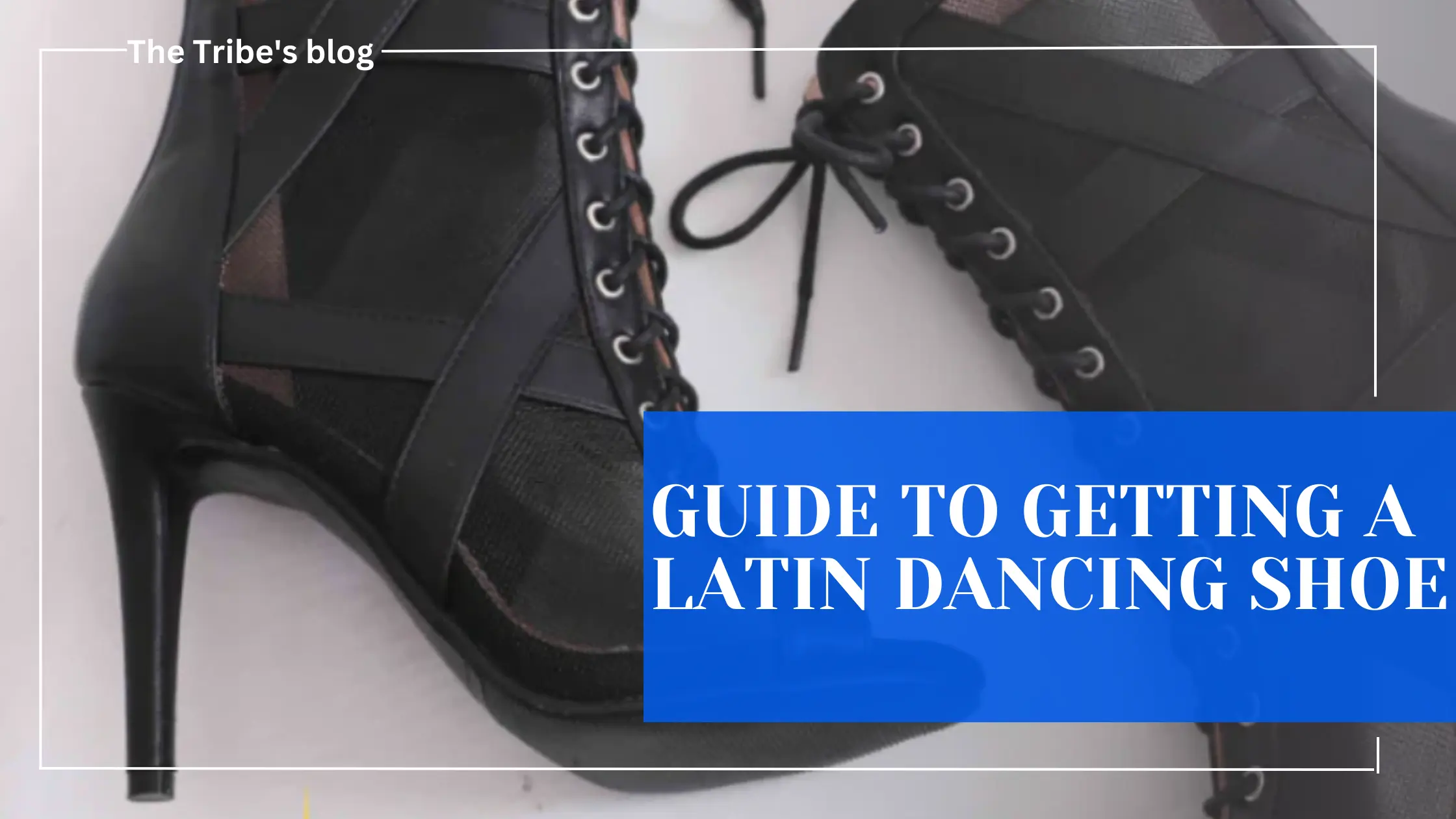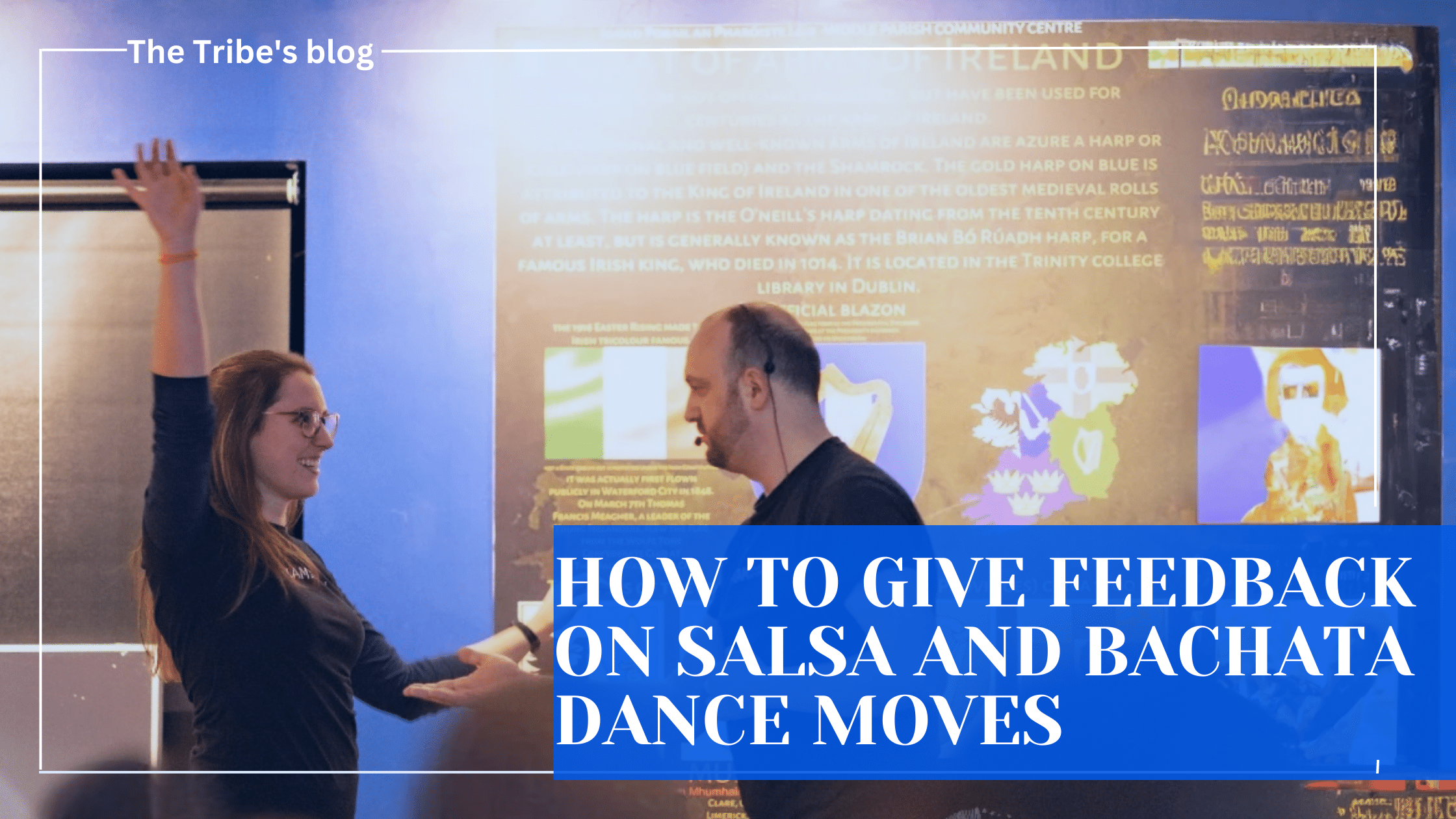Introduction
Most people think dance leaders are born, not made. They’re wrong! In fact, anyone can become a great dance leader with these simple steps:
Body language
Body language is a crucial part of communication on the dance floor, especially as you continue to grow in your dance leadership skills. Your partner may not understand what you’re thinking if you don’t use body language to help them get the message across.
Here are some things to keep in mind:
- When leading, pay close attention to the reaction of your partner when they’re told what move is coming up next. If they look confused or frustrated by this information, it might be time for some adjustments! Ask yourself if you need more cues in order for them to understand what’s coming next. Or maybe there’s something about the way that particular move looks that is causing confusion for them? If so, think about changing how you execute it so that it aligns more closely with their expectations. Always remember that communication is key when leading someone on the dance floor!
- Similarly, consider how other dancers respond when they see what move comes after another one (and whether or not those reactions match up with yours). This can also help inform how much information should be given ahead of time—or whether certain moves should even be done at all! Be sure not only to consider how each individual feels about these transitions but also how groups of people react collectively too; this will tell us a lot about where we need improvement as leaders and followers alike!
Listening
Listening is the most important part of dance leadership. You have to listen to the music, your partner and yourself.
If you listen well, you pay attention to what’s going on around you and that helps you make good decisions about what steps to take next. If you don’t listen, your dancing will suffer because:
- You’ll be surprised when someone does something unexpected (like stepping on your foot). That can ruin the moment—and possibly even hurt!
- The other dancers won’t know how they’re supposed to join in if they don’t hear your signals first.
Smiling
A smile, when you dance and lead:
- It’s one of the most important things you can do.
- It makes it easier to be happy while dancing.
- It’s a great way to connect with your partner and the other dancers around you.
- If everyone is smiling, it makes the whole experience more enjoyable!
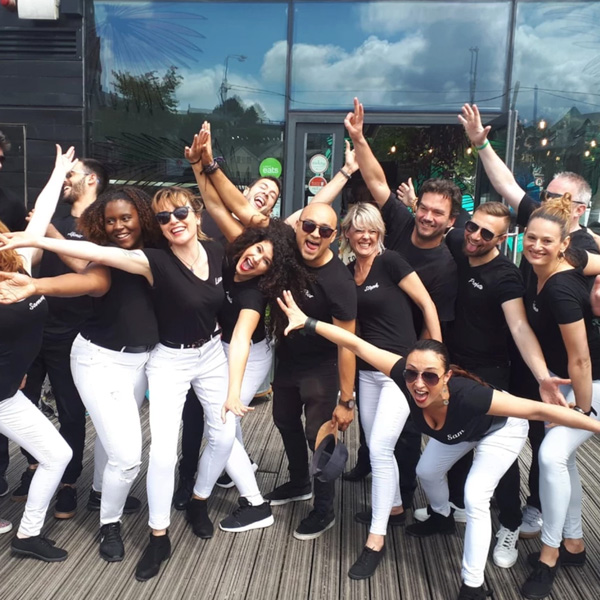
JOIN THE COMMUNITY!
DANCE WITH THE TRIBE
The free community to follow your passion and improve your skills...
- Content
- Articles
- Free lessons
- Tips
Understanding the music
One of the most important things you need to learn as a dance leader is how to understand the music. When leading, it is essential that you know what rhythm and tempo your song has, as well as how to dance with different genres and artists.
Take your time
Don’t rush.
It’s easy to get in the mindset that you need to be moving all the time and doing fancy moves, but that can cause problems in your dance. If you don’t have time to warm up and stretch before dancing, then take your time with it. It’s better to do something slowly than to rush through it and risk injury or mistakes. You may not see any improvements at first, but eventually, they’ll come!
Don’t be afraid of mistakes
We all make mistakes when we’re learning something new—and that’s OK! The best dancers are able to laugh off their mistakes and move on so they can keep improving themselves rather than getting discouraged by their errors in judgment or execution (which is what will happen if we were afraid every time something didn’t go accordingto plan). Mistakes are an opportunity for growth; use them as motivation instead of letting them hold you back from achieving greatness!
Communication
Communication is a crucial skill for any leader and follower to have. You will be communicating with your partner, the other dancers, the DJ and audience at all times during a dance event. There are also members of staff who may need to be communicated with on occasion.
Communicating effectively requires practice just like anything else in life does, so it’s important to get started as soon as possible!
Embracing mistakes
You will make mistakes. You will fall on your face, and it will be embarrassing. Your partner may turn their back to you in the middle of a move because they’re so embarrassed for you, and the rest of the group will laugh at you mercilessly. It’s okay! That’s what dance is about: learning from mistakes and doing better next time. Mistakes are how we learn that we need to stretch before class or try something different next time around.
The best dancers aren’t necessarily graceful; they’re those who have learned from past moves that didn’t go as planned and are able to adapt on the fly with gracefulness born of experience (and maybe some yoga). If you want to be an effective leader—or even just a decent follower—you need to be willing to receive help when needed and ask questions when confused or unsure of how something should work out in practice rather than trying everything yourself first before asking for clarification.
Don’t be afraid of looking silly; embrace your inner awkwardness because it makes us all human!
Social dancing
Once you’ve got some confidence dancing in your own shoes, it’s time to expand your horizons. If you are a beginner, this can be a little daunting, but don’t let it intimidate you! There are several ways to get started:
- Go out with friends and ask someone who is more experienced than yourself for help with the steps.
- Find an instructor or teacher willing to work with students one-on-one.
- Ask someone at a club if they would like to dance with you; this is especially helpful if there isn’t anyone else around
Know how to dance, and know how to be a good dance partner
- You should know how to dance, and you should know how to be a good dance partner.
- Know how to lead, do the steps of a basic pattern like a box step or salsa cross in every direction.
- Know how to follow, catch up with your leader as they change direction.
- Use your body language: when you’re confident and have good posture, it shows in your movements on the dance floor.
- Listen: pay attention to what the music is telling you through its rhythm and lyrics – dancing by yourself can help give this skill more time in practice!
- Smile! It’s contagious! A smile helps set the mood for everyone involved with an activity like dancing together; it helps set an atmosphere that everyone can enjoy because they feel comfortable doing so without worrying about anything else going wrong out there on stage (or off).
Conclusion
Now that you know what it takes to become a great dance leader, it’s time to put this knowledge into practice. Don’t be afraid to experiment with different styles and genres of music as long as you’re having fun with your students and they enjoy dancing with you! Remember that practice makes perfect: make sure you spend plenty of time practicing new moves or routines before showing off in front of an audience. And keep reading articles like this one so we can all keep growing together!
